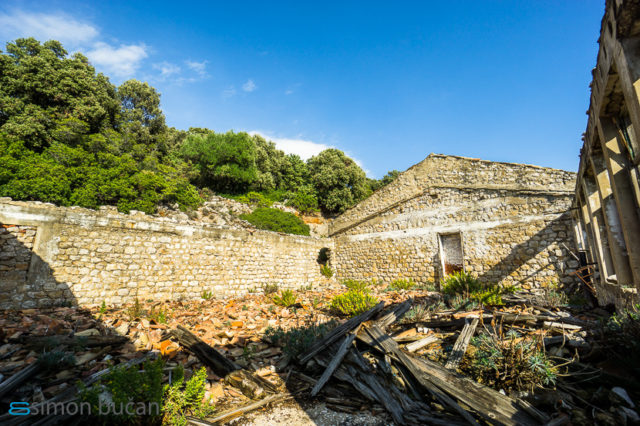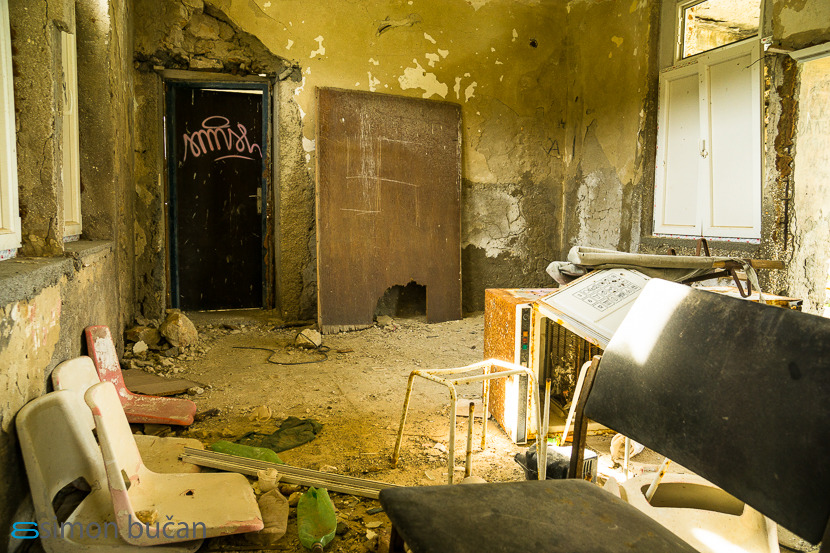The uninhabited island of Sveti Grgur in Croatia previously served as a women’s penitentiary camp where opponents of the Communist Party of Yugoslavia were held. The island is located in the Adriatic Sea between the islands of Goli Otok, Rab, and Krk. It used to be called Arta on medieval maps, and its current name translates as “Saint Grigor.”
With an area of 6.7 square kilometers (2.6 square miles), the island of Sveti Grgur is considered the northernmost evergreen island of the Mediterranean type.
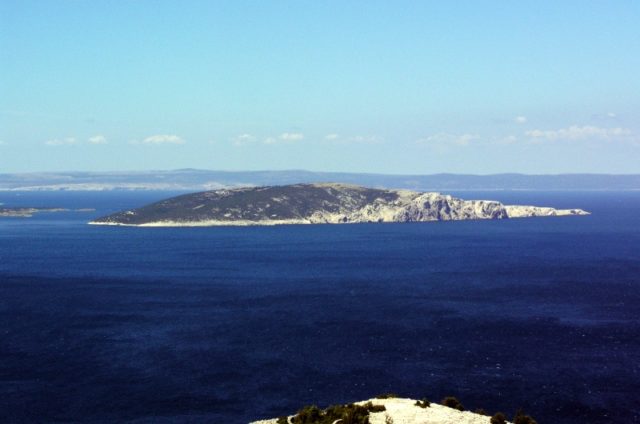
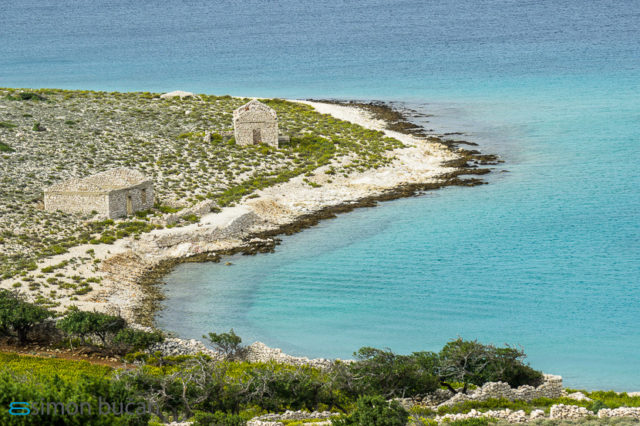
The nearest settlement is the port of Lopar on the island of Rab, a distance of 7 kilometers (4.3 miles) away. The highest point of the island is Cape Shtandarats, which stands in the center of the island and is 226 meters (741 feet) high.
Before the penitentiary was built on the island, there was a village on Sveti Grgur. The industry at the time was mining bauxite. Sveti Grgur was also leased as a hunting ground for those who wanted to hunt fallow deer.
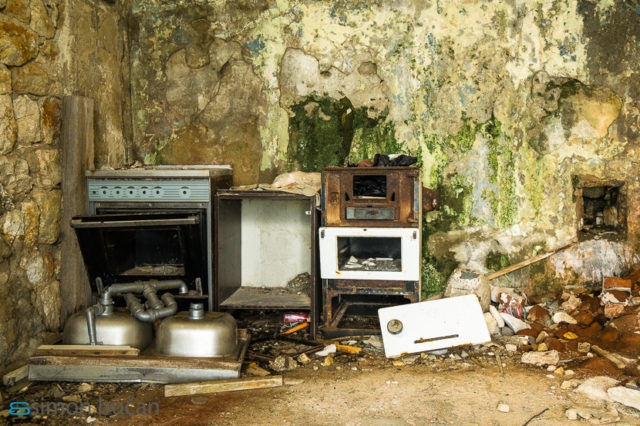
For a time, the inhabitants of both Lopar and Rab brought sheep to Sveti Grgur so that they could graze on the lush green vegetation. Today, ruined buildings and an ancient pier are all the evidence that remains of their habitation.
Instead, the island is mostly remembered in connection with the women’s correctional camp that was built there. The inmates were those who opposed the leadership of the Communist Party of Yugoslavia and the Socialist Federal Republic of Yugoslavia
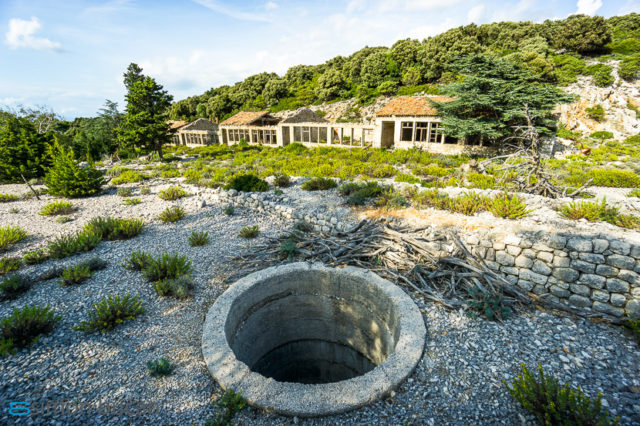
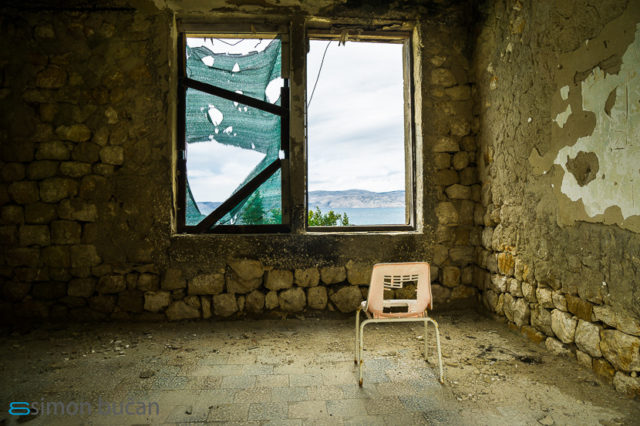
A similar prison – but one designed only to hold men – was built on the neighboring island of Goli Otok, located 3 kilometers (1.9 miles) to the southeast. It was in operation between 1948 and 1988.
Goli Otok’s name literally means “bare island,” and both these islands were chosen not only because they were uninhabited at the time but also because escape from there was considered to be impossible.
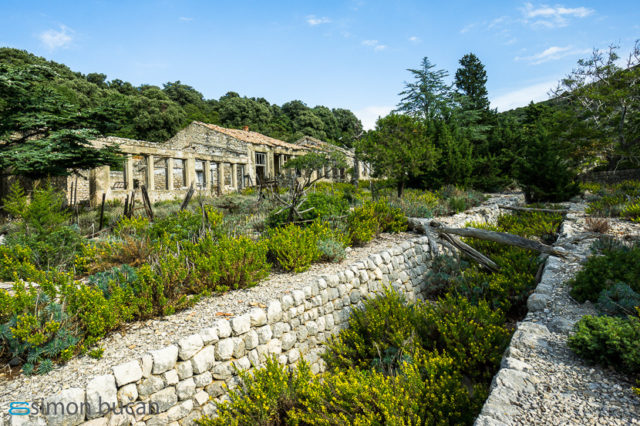
The prisoners were all people who had decided to support the policies of Stalin and the USSR during the Soviet-Yugoslav Conflict which ran between 1948 and 1953. Around 75% of those who were sentenced to imprisonment for such crimes were sent to the islands of Goli-Otok and Sveti Grgur.
The prisoners themselves were ordered to construct the buildings and structures on the island which would eventually imprison them. Records indicate that the first prisoners in Sveti Grgur built nine barracks, with the first settlers arriving in 1951. Sources suggest that prisoners received brutal treatment and were also subjected to moral degradation, such as being forced to beat each other.
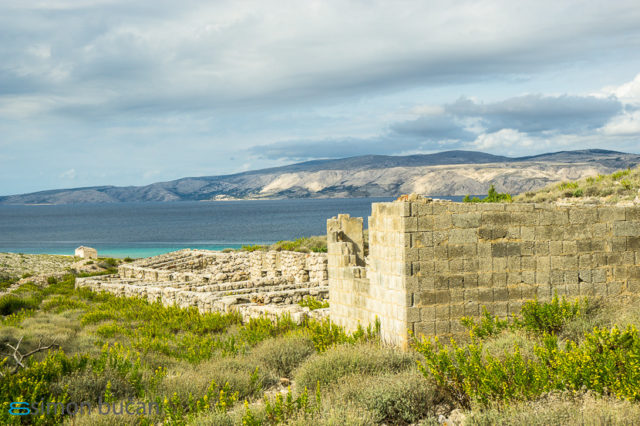
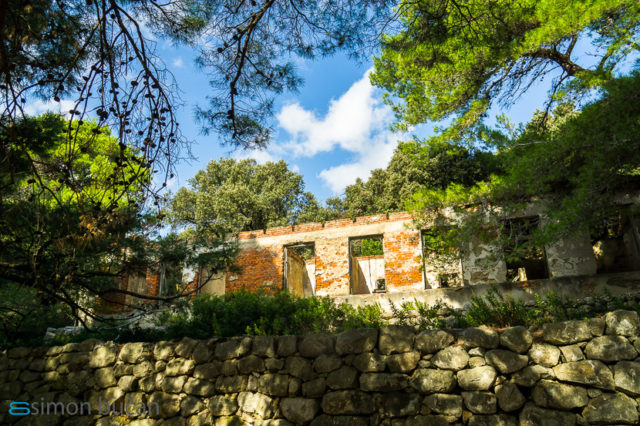
After 1952, all political prisoners were sent to Uglijan, and the prison on Sveti Grgur remained operational as a regular prison until 1986.
Little statistical information is available for Sveti Grgur, but records suggest that at Goli Otok, there were over 16,000 prisoners at one point. It is also estimated that there were around 413 fatalities during the lifetime of the prison.
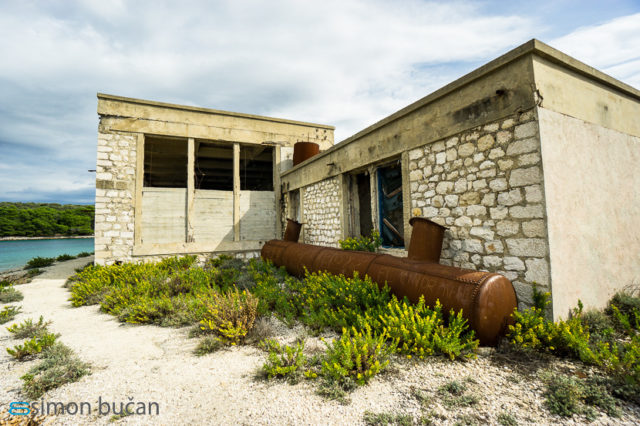
Today, Sveti Grgur is uninhabited. Many of the abandoned buildings, including 50 bunkers, are still standing. Visible from a distance is a large triangular structure that was built by convicted women and served as a reservoir to capture rainwater.
The island of Sveti Grgur can be reached via a one-day boat trip, with the option of combining it with a trip to Goli Otok. Some tourists visit so that they can learn about the history of the island, but many are attracted by Sveti Grgur’s bays, beaches, and the atmosphere of unspoiled nature. There is a catering facility on the island and also a small port for anchoring.
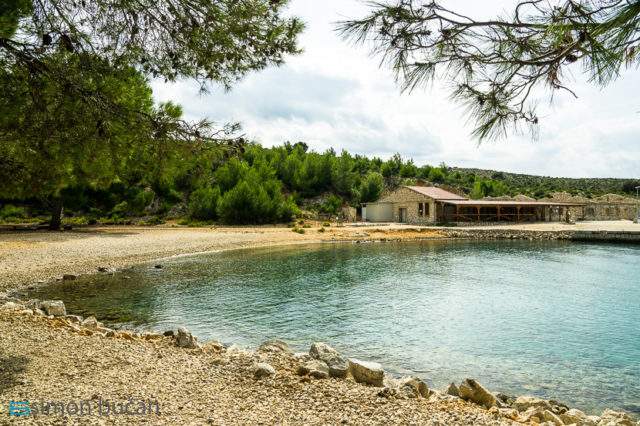
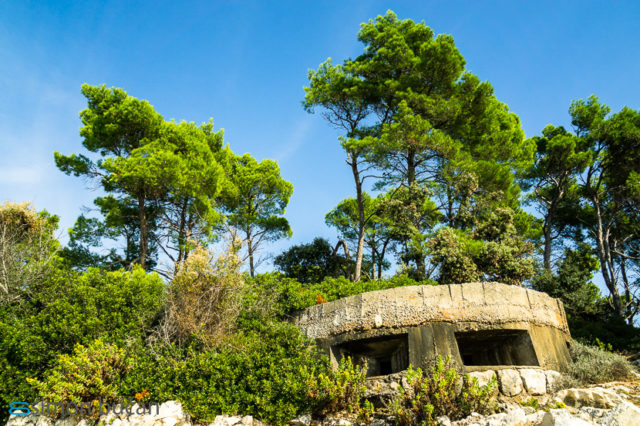
Another draw is that a herd of deer roam the island in search of food. Remnants of the time when the island was used as a hunting reserve, the animals are said to be quite tame and have even been known to eat from the hands of tourists.
These photos of Sveti Grgur in Croatia belong to Simon Bučan. He runs an amazing blog where he shares beautiful images from his travels. You should definitely check it via this link. You will find pictures in many different and interesting categories, including urban exploration. A big thank you to him for sharing the photographs of the island with our readers!
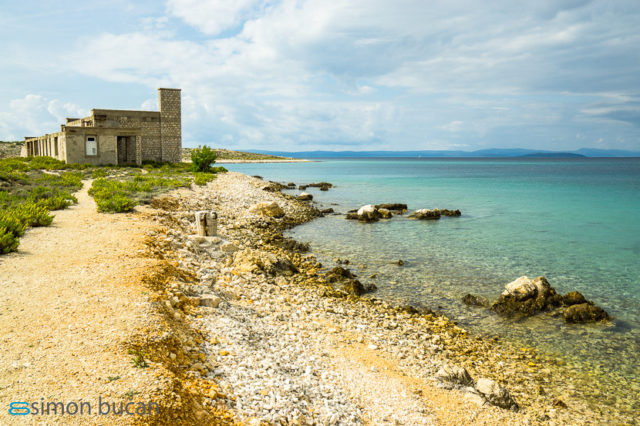
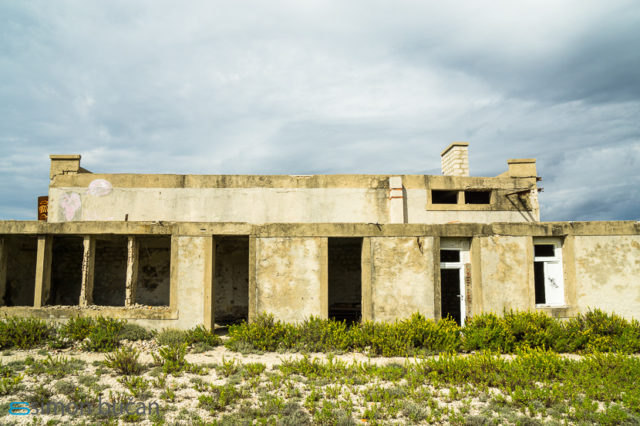
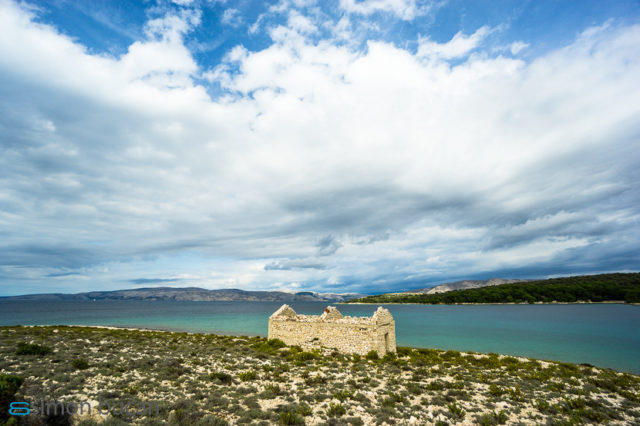
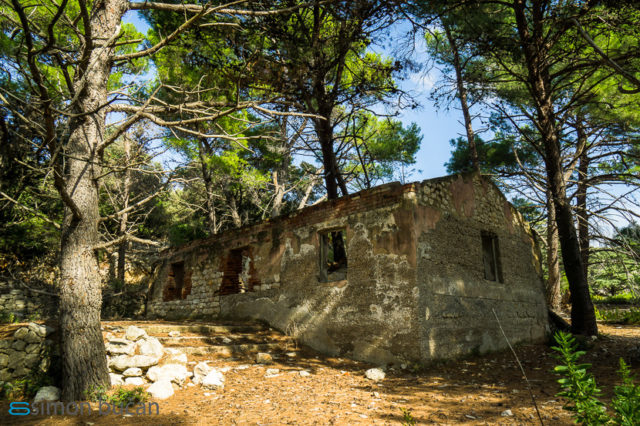
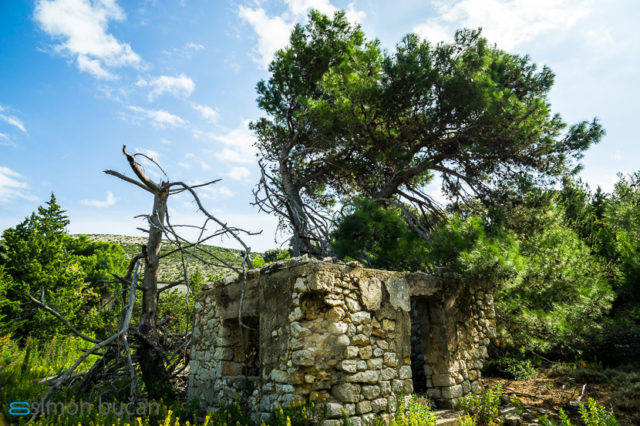
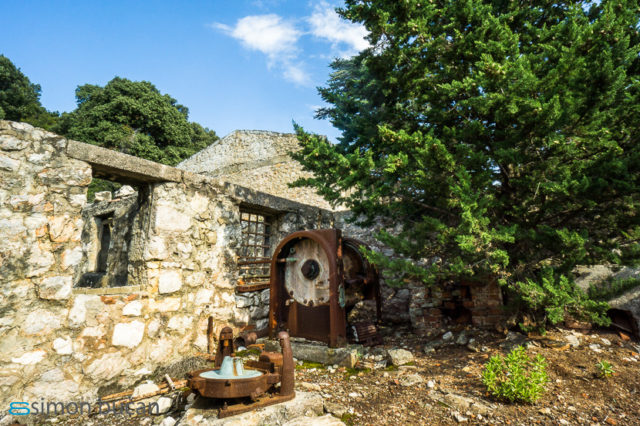
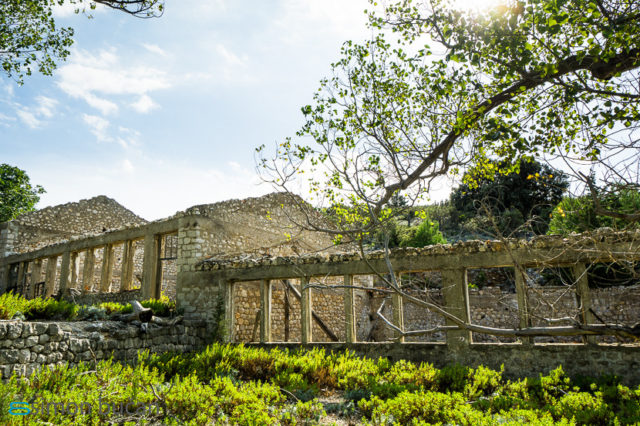
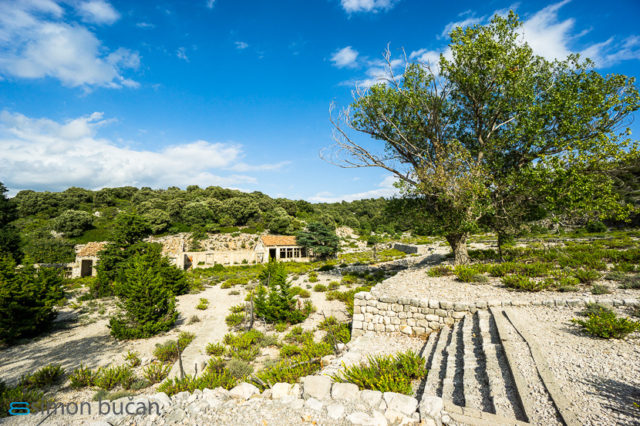
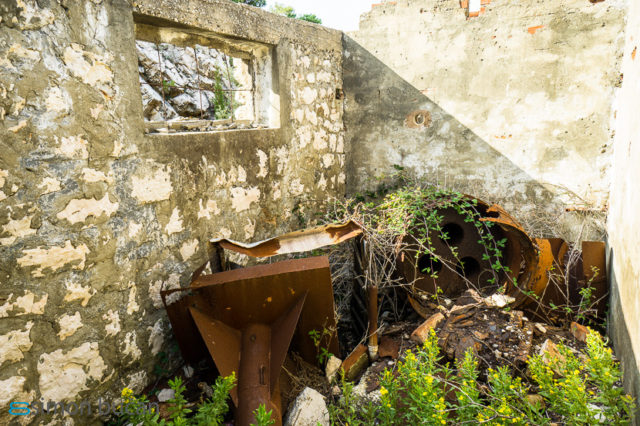
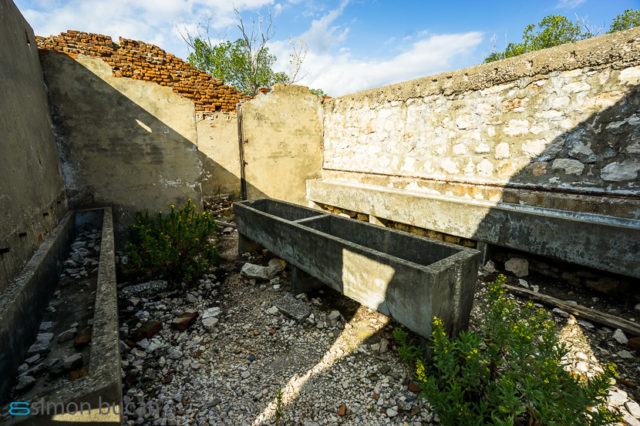
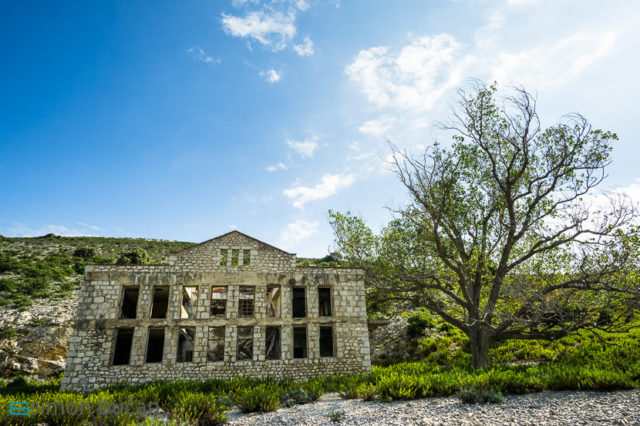
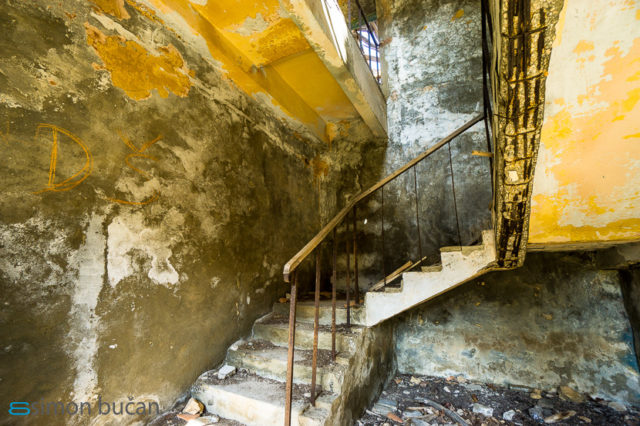
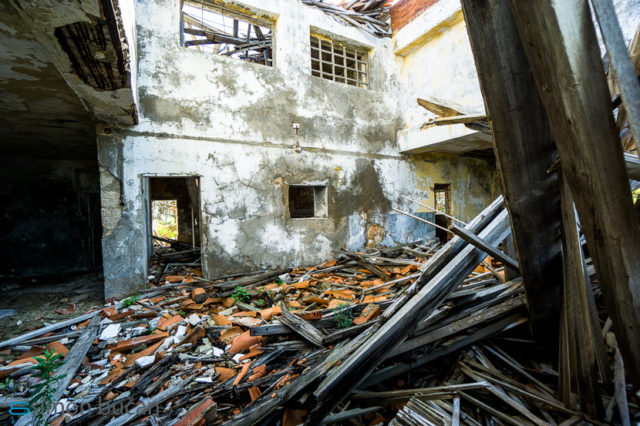
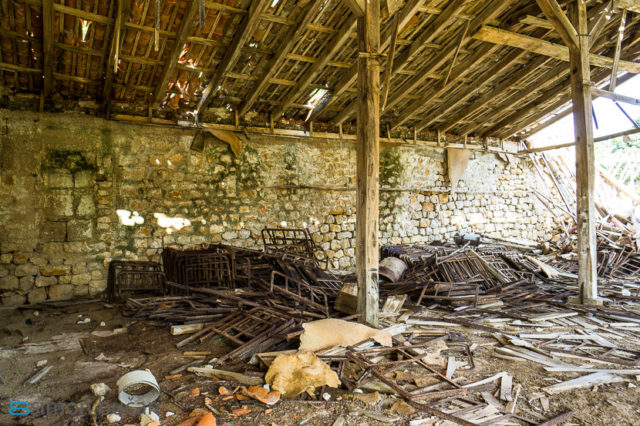
Another Article From Us: Teriberka Abandoned Village – the Edge of Russia
